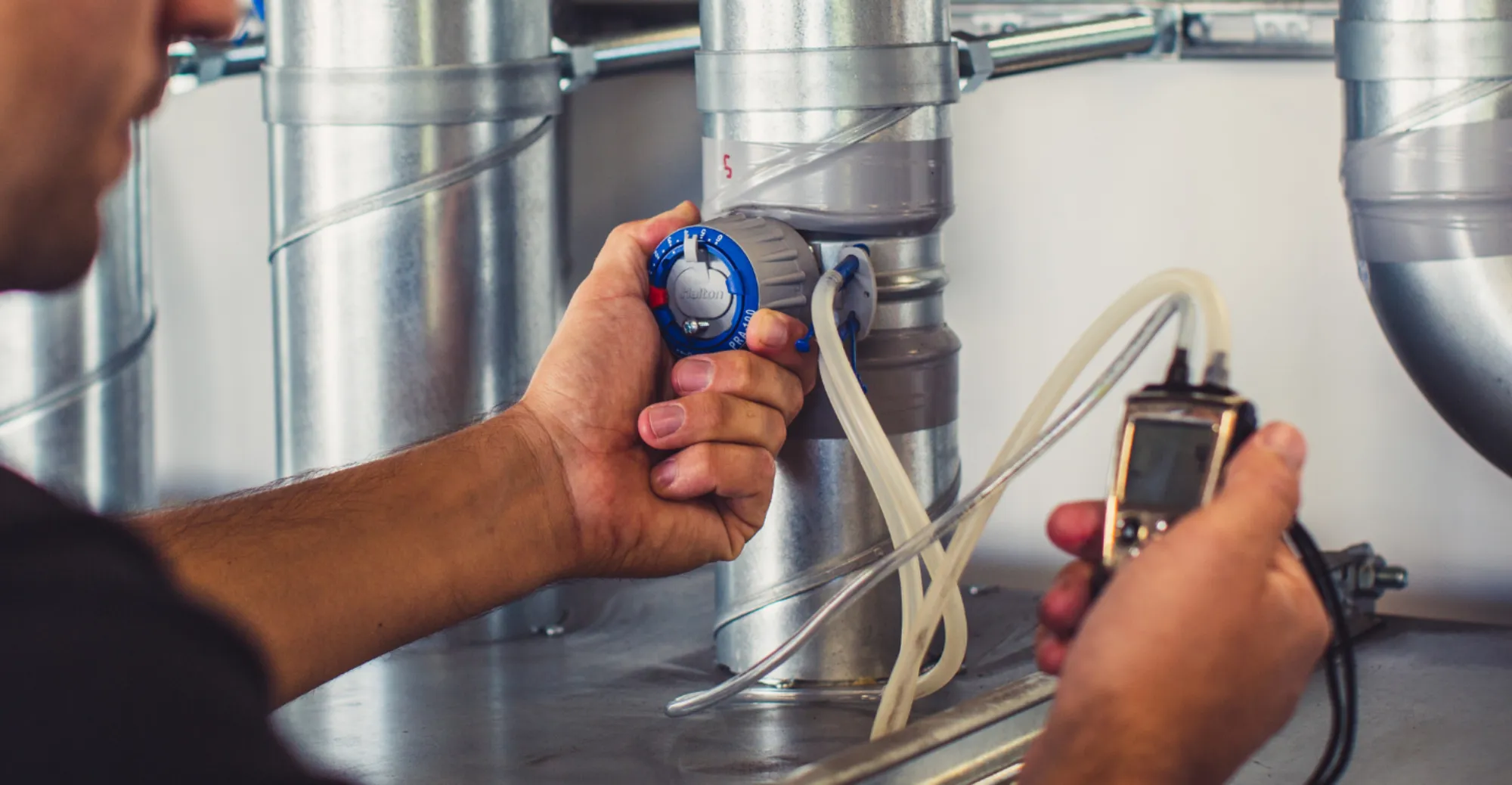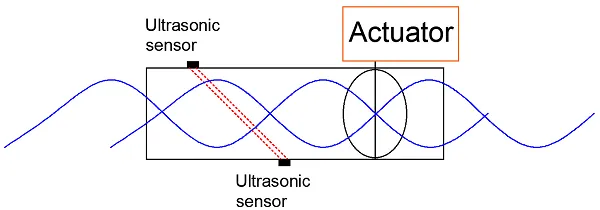
Commissioning 2.0
Commissioning 2.0
– by Albrand Veldhuizen, 04/06/21
There are many different phases involved in building an HVAC system and commissioning is one of the most important. Like many other processes, new techniques and equipment are regularly introduced that take things to the next level. In this blog we zoom in on the commissioning of air flows and how new techniques are contributing to a better installation.
The importance of commissioning
Everything starts with design. Engineers have calculated how much air a room needs in order to ensure a comfortable and healthy environment. It is then up to us to balance the system and fine-tune it to meet the designed specs. Think of parameters such as temperature, (fresh) air amounts, noise levels, draughts and energy consumption.
The ducting system is equipped at various tactical places with special valves that are used to adjust the air flow. By measuring the pressure difference over the valve, we are able to calculate the airflow and set it to the designed amount. Until recently this has all been done manually.
Ultrasonic valves
Valve manufacturers have developed a new set of variable air volume (VAV) valves that measure the flow at a specific position and can be automatically adjusted. The valves have built-in sensors that besides measuring flow, also indicate the air velocity and temperature.

Figure 1: Ultrasonic VAV valve
This is done using ultrasonic measurements based on the doppler effect. The ultrasonic sensor emits a high frequency sound pulse at given intervals. Measuring the frequency shift that has occurred due to the doppler effect calculates the air flow.
Advantages of new commissioning
This new approach gives us a range of benefits. Firstly, not needing to measure and adjust every individual valve manually saves an incredible amount of time as we don’t have to physically check each valve. Instead, when all the valves are connected and the power is on, they appear in a computer program where we can monitor them and set the flow to the specified conditions.
Most valves are built in technical spaces and therefore always accessible. Sometimes, however, a valve is built in a room or cabin and to gain access the carpenter needs to make a hatch or, worse still, rebuild part of the deck. The constant remote access to the new valves saves a lot of frustration.
Conclusion
Balancing the air of an AC unit gives a finishing touch to the system. Although the majority of vessels are still commissioned with manually controlled valves, new methods and hardware are making their mark. In addition to the time these new valves save, they also contribute to a more flexible system that is always ready to adapt to new circumstances.
Want to learn more advanced ways to commission your system? Contact one of our engineers.
For everything HVAC, stay tuned to heinenhopman.com
Albrand Veldhuizen | Commissioning Engineer
Albrand has been working at Heinen & Hopman since 2006. He has worked himself up to the position of Commissioning Engineer and nowadays he is stationed at one of the largest yacht builders in Germany. During his many years working onboard numerous luxury yachts, he has developed a great expertise in HVAC systems for superyachts.